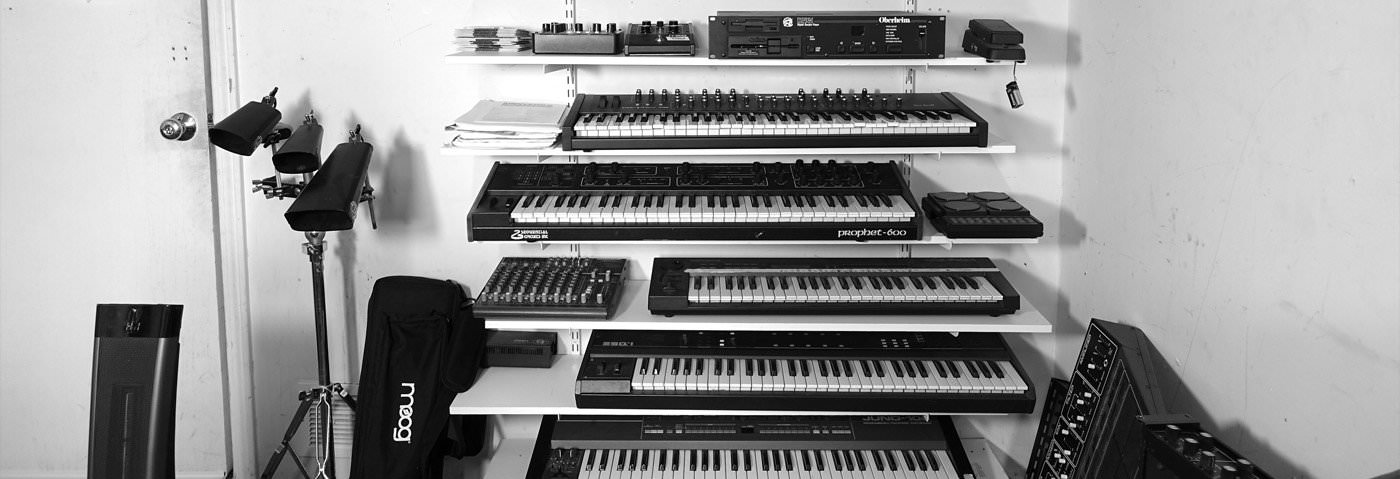“I love noise. When I hear hum, white noise and distortion I’m very happy.” Juan Maclean goes in-depth on his creative process as he shows us around his studio and reveals details of a new collaborative project with Shit Robot.
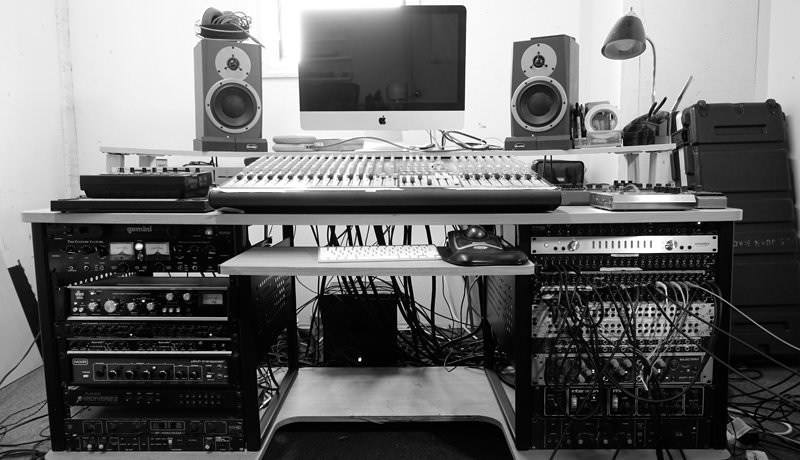
The Setup
I have been collecting synths, drum machines and other bits of equipment since I was a teenager, and I’ve remained pretty firmly in the outboard domain. When I first started producing, there were no computers, it was all done to tape. I have nothing against software, this is simply the method that works for me. Plus, I bought a lot of stuff in pawn shops in the 90s when it was shockingly cheap – like my Prophet-600, which I got for $50 – so I have a lot of stuff lying around that would be impossible to afford today.
At the heart of it all is an Allen & Heath 2400 24-channel mixer. It’s fine. It’s better than a Mackie. The thing I like best about it is that it has six aux sends per channel. I have loads of outboard effects, it’s a big part of my process, so it’s easy to send signal out to effects on the fly. Outboard delays and reverb play are a big part of how I keep my productions dynamic – I love the off-kilter aspect of poorly timed analogue delays.
In terms of a DAW, I started off in Logic when it was first released, long before Apple got ahold of it. To this day I think I prefer Logic 4 over anything that’s come since then. The interface was simple, it didn’t look like a video game. My question with all of these ‘advancements’ in recording technology is always ‘is it making you produce better music?’ Usually the answer is no. Now I jump around – I use Ableton and Logic mostly, but work in Pro Tools when I’m working with Nick Millhiser (Holy Ghost!) in his studio.
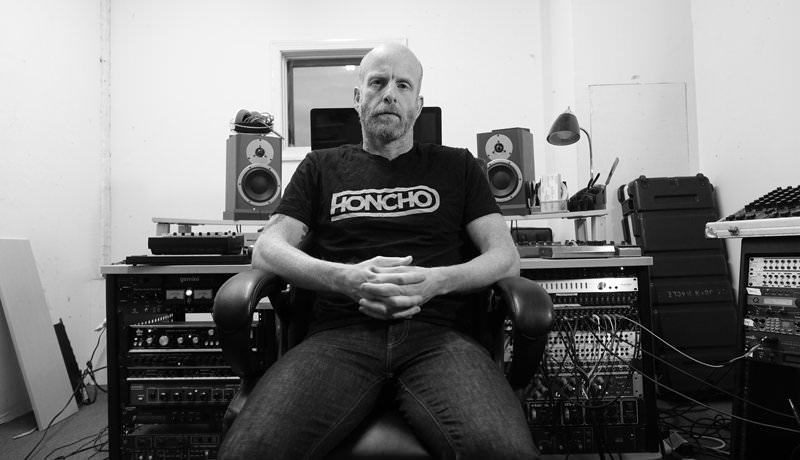


Juan Maclean – My Studio
My studio is located in Dover, New Hampshire, a small classic New England coastal mill city. It’s in a warehouse building that conveniently has a used record store and indoor skate park on the ground floor. It’s pretty industrial, and a bit grim, and I haven’t helped matters much by not painting or decorating in any way. Property is cheap here, so I don’t pay much in rent. For years I had my studio in my apartment, specifically in my bedroom, but that was not good for my mental health. It’s a double-edged sword, because I’d get a lot of work done, but at the same time on many days I’d be sitting there in my underwear in the studio at 4pm having not left the apartment or spoken to another human being yet.
The studio is the psychic centrepiece of my life. I don’t release a lot of music, but I spend an awful lot of time working on it and thinking about it. It’s an arduous process for me. I do just about everything from scratch. I love the process, as much as it can be soul crushing. Because it’s so difficult, wrestling with machines and live recordings and trying to coax something inspirational out of it all, when it finally does work, it’s the most gratifying thing in the world.
Related



The Setup
I have been collecting synths, drum machines and other bits of equipment since I was a teenager, and I’ve remained pretty firmly in the outboard domain. When I first started producing, there were no computers, it was all done to tape. I have nothing against software, this is simply the method that works for me. Plus, I bought a lot of stuff in pawn shops in the 90s when it was shockingly cheap – like my Prophet-600, which I got for $50 – so I have a lot of stuff lying around that would be impossible to afford today.
At the heart of it all is an Allen & Heath 2400 24-channel mixer. It’s fine. It’s better than a Mackie. The thing I like best about it is that it has six aux sends per channel. I have loads of outboard effects, it’s a big part of my process, so it’s easy to send signal out to effects on the fly. Outboard delays and reverb play are a big part of how I keep my productions dynamic – I love the off-kilter aspect of poorly timed analogue delays.
In terms of a DAW, I started off in Logic when it was first released, long before Apple got ahold of it. To this day I think I prefer Logic 4 over anything that’s come since then. The interface was simple, it didn’t look like a video game. My question with all of these ‘advancements’ in recording technology is always ‘is it making you produce better music?’ Usually the answer is no. Now I jump around – I use Ableton and Logic mostly, but work in Pro Tools when I’m working with Nick Millhiser (Holy Ghost!) in his studio.



Juan Maclean – My Studio
My studio is located in Dover, New Hampshire, a small classic New England coastal mill city. It’s in a warehouse building that conveniently has a used record store and indoor skate park on the ground floor. It’s pretty industrial, and a bit grim, and I haven’t helped matters much by not painting or decorating in any way. Property is cheap here, so I don’t pay much in rent. For years I had my studio in my apartment, specifically in my bedroom, but that was not good for my mental health. It’s a double-edged sword, because I’d get a lot of work done, but at the same time on many days I’d be sitting there in my underwear in the studio at 4pm having not left the apartment or spoken to another human being yet.
The studio is the psychic centrepiece of my life. I don’t release a lot of music, but I spend an awful lot of time working on it and thinking about it. It’s an arduous process for me. I do just about everything from scratch. I love the process, as much as it can be soul crushing. Because it’s so difficult, wrestling with machines and live recordings and trying to coax something inspirational out of it all, when it finally does work, it’s the most gratifying thing in the world.
Related
Related
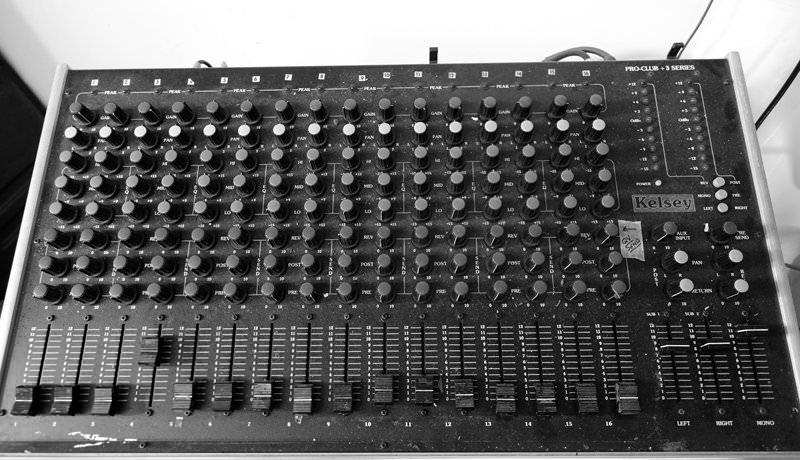


Kelsey Mixer
I love noise. When I hear hum, white noise and distortion I’m very happy. It’s like with people, I’ve always been attracted to interesting looking people – I don’t find traditionally beautiful people very compelling. I’ve learned that aesthetically I am often drawn to what has generally been agreed upon to be ‘flaws’.
I was deeply obsessed with Basic Channel and Rhythm & Sound productions in the late 90s. I would listen to that stuff in the dark for hours, enveloped by the dark cavernous soundscape, and with some asking around I learned that the use of noise as a compositional element was a huge part of these productions. This Kelsey mixer is about as noisy as it gets. I’ve never had it serviced, half the channels don’t work properly, and it’s always distorted, no matter how low I run the gains. But it adds a sort of bed of noise that I love. All of my new Peach Melba tracks were recorded through this thing. The upcoming Autofac EP also went through it, making it sound deep and dusty.
Related
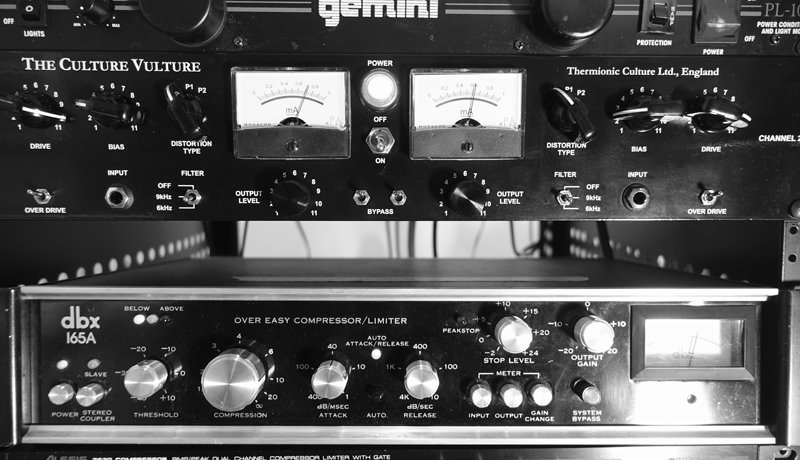


Thermionic Culture Vulture and DBX 165a
This is a setup that has been permanently inserted into the sub-group buss on my mixer for years now. Both the Culture Vulture and 165a are inserted in sub-group channels so I can run them in parallel. The Culture Vulture has been on everything I have recorded for a long time. It adds a layer of saturation that can be either extreme or subtle to the point of not realising that it’s there, until you mute its channels and the mix dries up. I’ve never said this about any bit of kit, and I never believe it when I hear others say it about anything, but it basically makes everything sound better.
The DBX 165a has been a mainstay of everything I have recorded since day one of The Juan MacLean. There are a bunch of them at the DFA studio, and all the other DFA producers have them in their studios. It’s a gritty VCA compressor with a built-in limiter that basically makes things sound tough and grainy. I’d say it’s a big part of the DFA ‘sound’, if there is one. As with the Culture Vulture, I use it in parallel. I basically assign every track to it.
Related
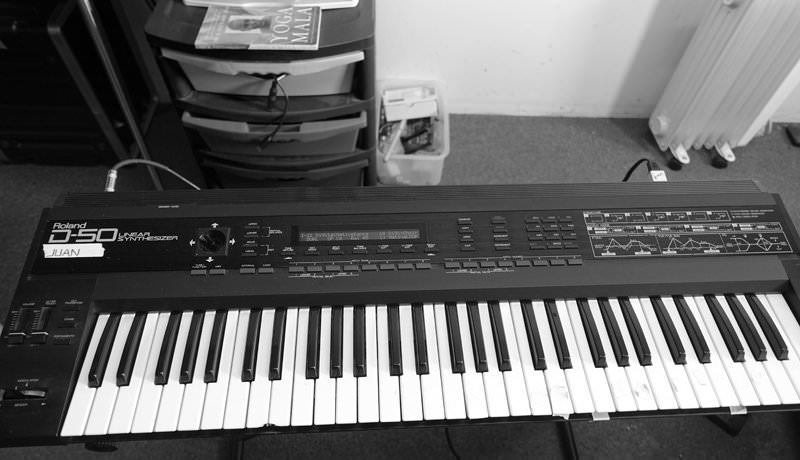


Roland D-50
The D-50 incorporates something called Linear Arithmetic Synthesis. Basically, it produces its sound with a quick transient sample followed by classic subtractive synthesis. I have tried to program it on occasion but aside from basic envelope and effects changes, I’m at a loss. Either way, it’s highly evocative of some of the best and worst music of the 80s. It excels at producing complex digital soundscapes, so it’s great for adding interesting textures. It’s all over my last album, In A Dream. It might literally be on every song on the record. You can hear it most prominently on ‘Here I Am’, especially the digital-sounding lead bit that comes in at the breaks. It’s also the source of the trumpet-type lead sound at the end.
Related
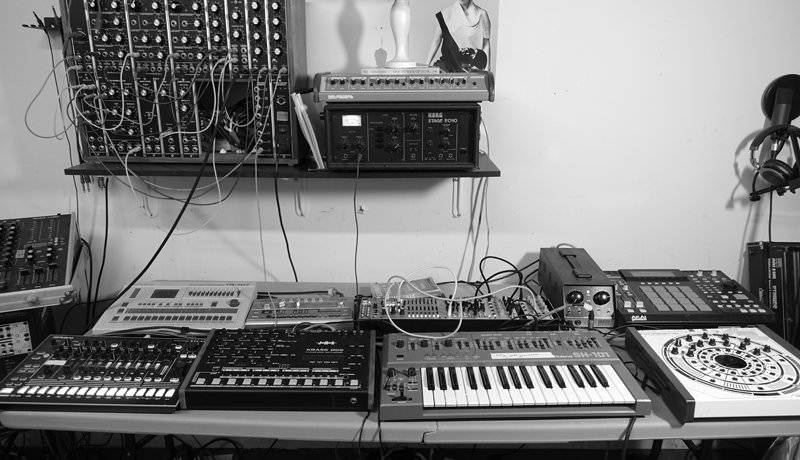


Sequencer Table
Roland TR-707/TB-303/SH-101/TR-8, Jomox 999, Future Retro Revolution, Eurorack and Synthesizers.com modulars, MPC2500. I love drum machines and triggering synths with sequencers. This is my favourite way to make music, so much more fun than staring at a computer screen. Basically, I can hit play and the whole lot of them start playing together. I buss them out through delays, reverbs and other effects and record it all on the fly… Whenever I try to separate out all the individual tracks, record them all separately and mix later, it loses a lot of the magic. I have a new project with Shit Robot called Autofac, and all of our material is recorded this way, live to stereo, no mixing after the fact. Our first EP will be released on Let’s Play House on January 13th, 2017, and it’s the sound of the machines talking.
Related
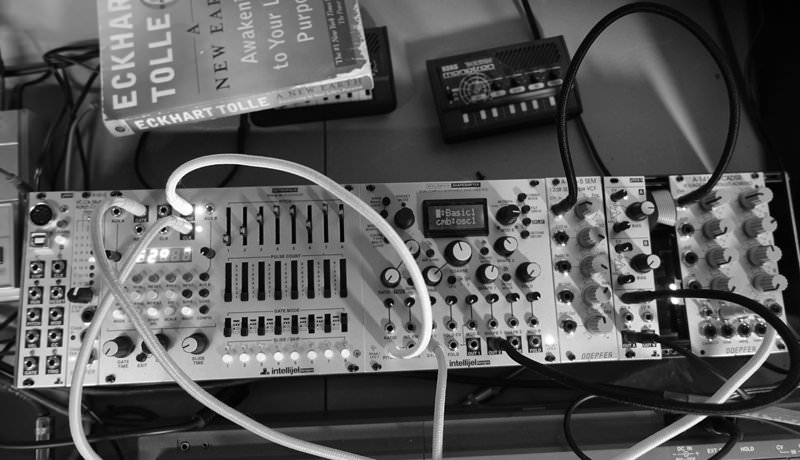


Intellijel Metropolis & Cyclonix Shapeshifter
This Eurorack combo has been the backbone of a lot of my productions that are slated for release soon. My next Peach Melba EP, Boy, features this combination on all three tracks. The Metropolis is the best sequencer I have ever used – you can specify the root note and mode of the key you want to be in, it’s an amazing instant riff maker.
I got the Cyclonix Shapeshifter when I was looking for a more digital, less traditional sounding voice. It has great digital waveforms, but most importantly it can do chords. This combination generates really interesting complex sounds. They take up a lot of space and get into weird harmonic territory, so much so that I usually find I can’t fit any other sounds in with it. Also, I rarely bother to tune it so I get stuck in weird microtone keys.
Related
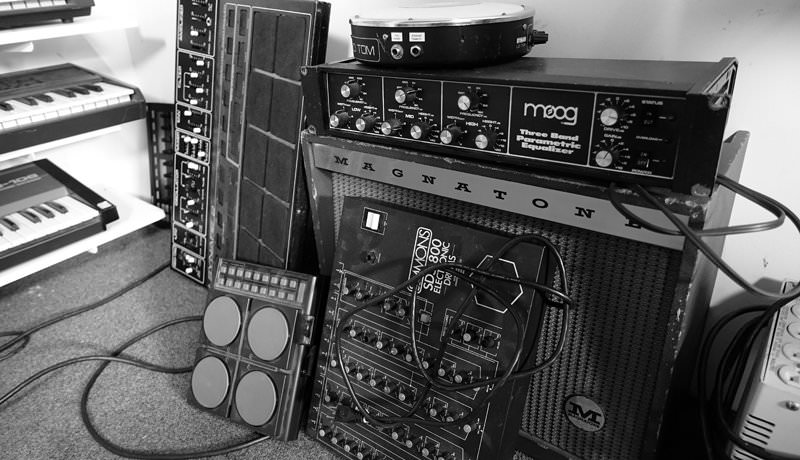


Studio Finds
My studio is usually a mess. I also have a storage space filled with gear that I rotate in and out. I’ve been accumulating this stuff for decades, so sometimes I forget what I have. I’ll have someone else working here and they’ll dig out some old sampler or little drum machine that I had forgotten about and it’ll feel like Christmas! I’ll check it out again and hear it with new ears. I’m not much of a musician, more of a sound designer, so I need to constantly be inspired by sounds. And I love music gear in general – I like the way it looks and feels, I’ve fetishised it for years.
Related
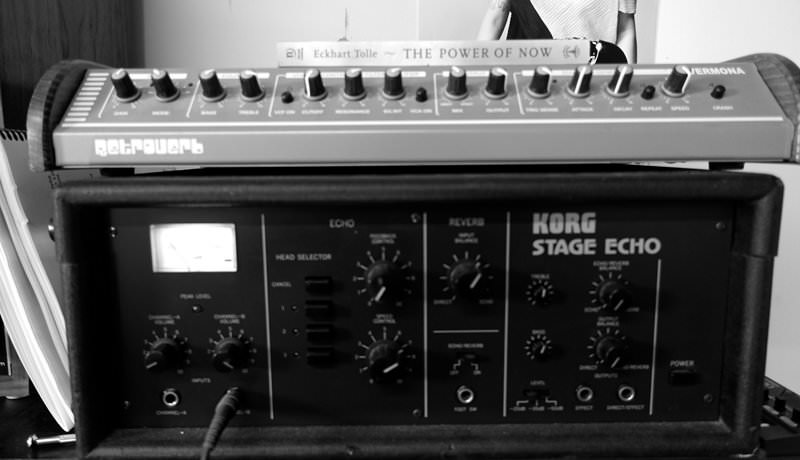


Korg Stage Echo
I’ve had this Korg Stage Echo since around 1990. I toured with it in my first band, Six Finger Satellite, for years, with no case, and it never broke. I never even changed the tape back then. I won’t say it’s better than a Space Echo, but it does do some things better. I think the feedback is better, it can get crazier for sure. It’s also a bit more stable and cleaner sounding than a Space Echo. I’ll record drum machines through it, print the entirely wet output, and resample.
Related
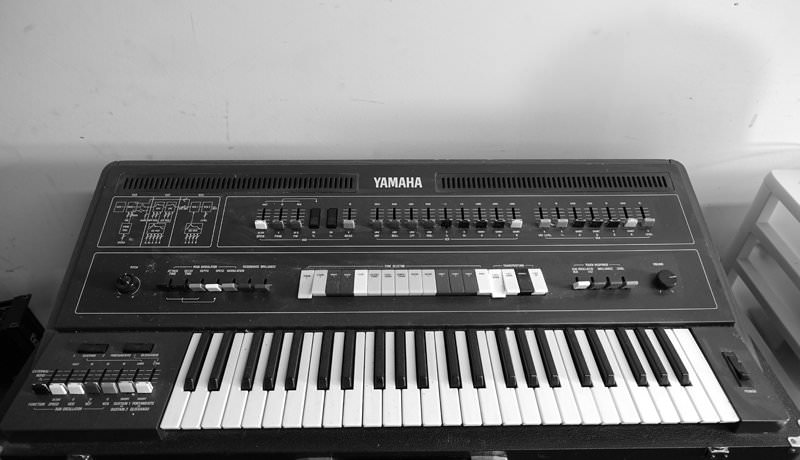


Yamaha CS50
This thing has an amazing filter and ring modulator. The ring modulator is all over my second album, The Future Will Come, especially in the title track and ‘Accusations’. On the opening track to my first album, AD 2003, the intro synth stabs are filtered through the filter section of the CS50 and it really gives you a picture of the classic CS filter sound. A nightmare for repairs.
Related
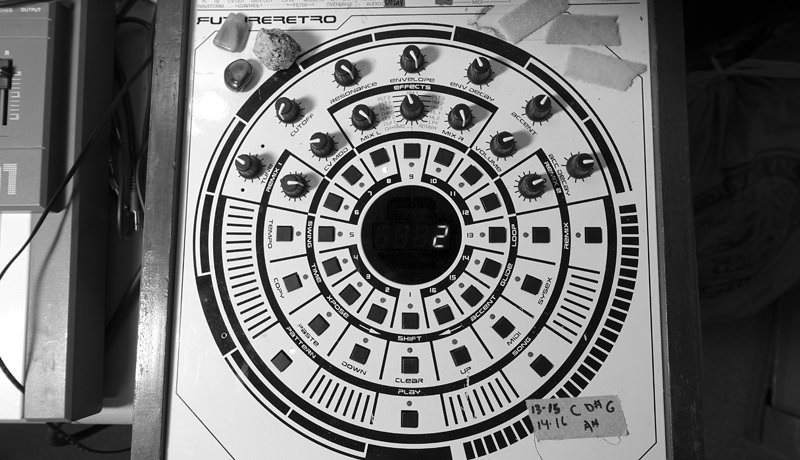


Future Retro Revolution
I’ve had this Revolution since around 2005. I got it to use in my live sets because it has a very intuitive, easy to use sequencer. It is a one-oscillator monosynth meant to be something like a 303, but it sounds not much like a 303. Aside from being a mainstay in my live setup, I use it quite a bit in the studio. I mainly use it to sequence my Synthesizers.com modular system. On In A Dream, as far as I remember it was used to sequence at least two basslines. In ‘A Simple Design’, the bassline is the Revolution sequencing an ARP 2600. The bass in ‘The Sun Will Never Set On Our Love’ is the Revolution playing a Prophet-5.
Related
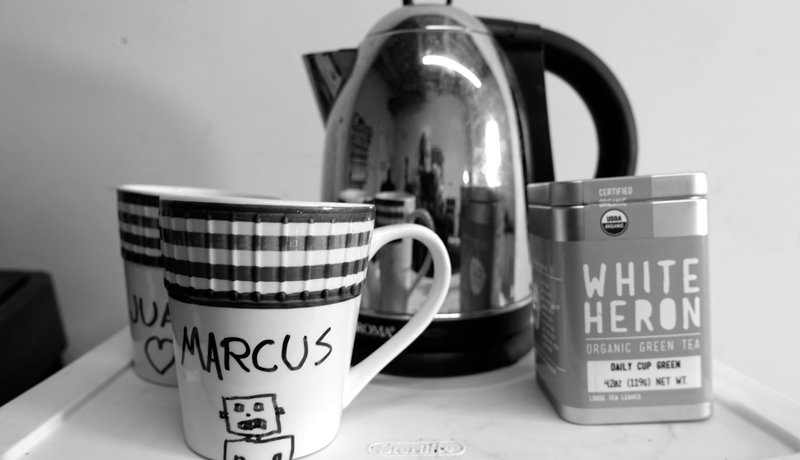


Green Tea
I used to drink a lot of coffee in the studio and it made me insane, and probably insufferable, much of the time. I’ve since switched to green tea. It has both an invigorating and soothing effect. When I was mixing the last Shit Robot LP here we ran into a bit of trouble, as Marcus was drinking vast quantities of coffee and I was on the tea.
Related
Juan Maclean’s Boy EP as Peach Melba is out now via Classic Music Company
. Find him on Facebook
, Twitter and SoundCloud
.
Related
15th November, 2016
